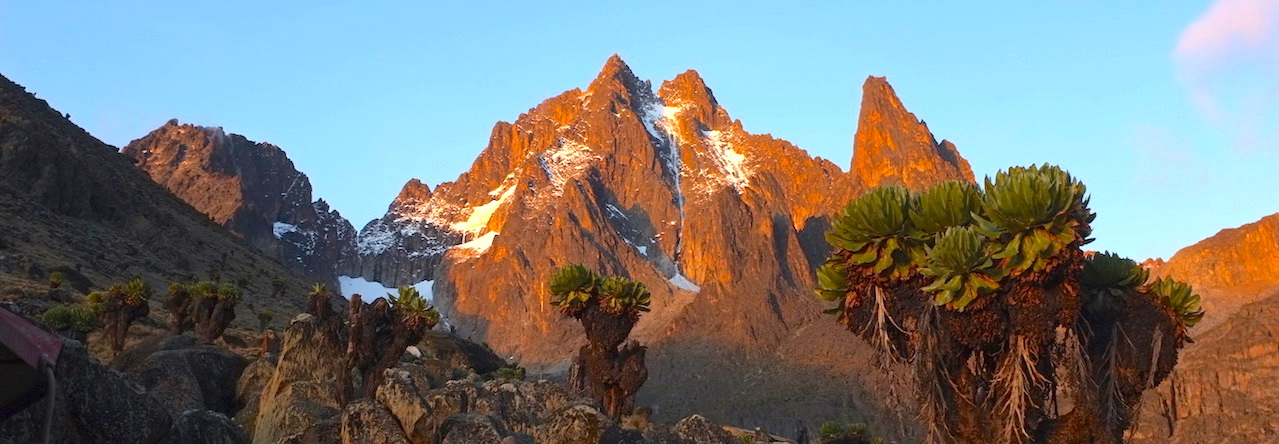INFORMATION: (by KWS, Tsavo West Customer Care)
Tsavo West has a varied topography and a diverse array of habitats. Most of the northern sector is Acacia-Commiphora bushland, with scattered trees such as Baobabs (Adansonia digitata) and Delonix elata. There are numerous rocky outcrops and ridges, and, towards the Chyulu Hills, ash cones and lava flows – some of them very recent (240yrs). In the Ngulia area, a range of craggy hills reaches around 1,800m. The southern sector consists of open grassy plains (Jipe Plain)
Climbing – Kichwa Tembo’s silhouette rises conspicuously, exaggerating the apparent topography of the park. Kichwa Tembo is great for rock climbers.
Hiking – The ‘Shetani’ lava flow, a black lava flow of 8 km long, 1.6km wide and 5m deep, is a remnant of volcanic eruptions which were subject to tales of fire and evil spirits among local communities. The communities named the flow ‘Shetani’ meaning devil in Kiswahili after it was spewed from the earth just 240 years ago. A cave with two large openings and one ancient tree growing between them is located near the centre of the outflow, offering an excellent trail for nature lovers. The volcanic cones of the famous ‘five sisters’, Chaimu crater and Chaimu Hill are also ideal for hikers. Magnificent Mzima springs are the ‘must visit’ point in Tsavo.
Notes:
Transport
People interested in coming will have to arrange car pooling individually. Please let me know if you have space and willing to give others a lift. You will require an off-road vehicle to access the camp- site area and to move around the park. We can meet at 1400hrs on Friday afternoon at the Mtito Andei, Tsavo West National Park entrance.
Park entrance fees / guide
Safari card – you require a valid Safari card to access entry into Tsavo West National Park. If you do not have one, you can get a temporary or permanent card at the main gate at Mtito Andei Tsavo National Park entrance. Remember, proof of residency and citizenship is requirement at the Park Gate. All rate are applicable for 24hrs of continuous stay in the Park.
Park Fees – Citizens 300/-, Residence 1,000/-, Non-residence $60/- per person per day.
Camping Fees – Special camp site – Weekly one-off fee of 7,500/- (spilt by number of people).
Plus camp fees: Citizens 400/-, Residence 500/-, Non-residence $40/- per person per day.
Ranger/guide – 3,000/- per day per each guide. Recommended group more than 5 – two rangers.
Car entrance fees – 300/- per day (6 seater and below, otherwise 1,000/- for over 6 seater.
Itinerary
Arrive Friday afternoon/evening at camp site, somewhere near Kitchwa Tembo area. Intend to go out with an early start on Saturday, climbing easy routes, or going hiking towards the caves and the surrounding area. Hike/climb all day with a packed lunch and only get back for sundowners and sunset. Plan is to leave Tsavo Sunday after late breakfast.
What to bring / Gear
Water – You should be self sufficient to cater for yourselves, including drinking and washing water.
Enough to support for number of days you intend to stay.
Food – As above.
Gear – For those climbing, if you do not have your own climbing rack/gear, you can hire out climbing gear from the club house on club night (Tuesday) through Catherine (MCK caretaker). For those hiking – please ensure you bring good hiking boots, a ‘panga’ to possibly slash your way through the thick bush, head lamp/head covering if you want to do some cave explorations, a day pack for your lunch, snacks, water, sun screen, cameras, etc. We will have to create a common area for washing/shower/toilet in order to reduce our footprint in the area.
Contact: Ivy, imutiso@yahoo.com
